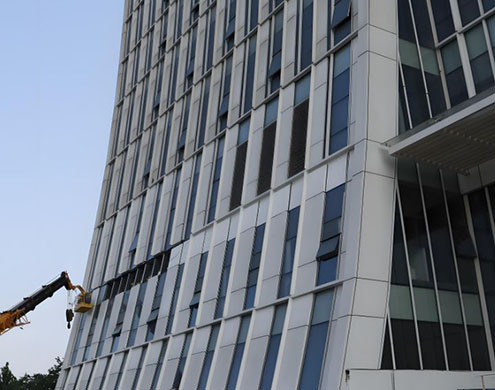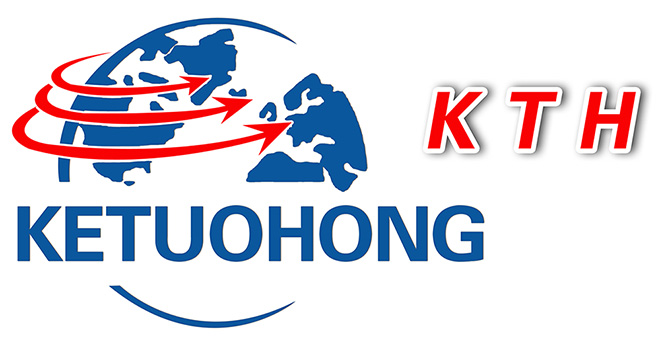Aluminum Architectural Systems: The Future of Sustainable and Innovative Building

Aluminum Architectural Systems: The Future of Sustainable and Innovative Building
As the global construction industry continues to evolve, aluminum has become an indispensable component driving innovation and sustainability in modern building projects. Lightweight, durable, recyclable, and highly functional, aluminum building systems offer aesthetic appeal, high quality, and exceptional comfort. Aluminum building is transforming the skyline and redefining architectural possibilities.
Aluminum Architectural Systems Sustainability:
Aluminum architectural systems aim to utilize natural resources, meet demand while protecting the environment, and sustainably meet the needs of future generations. Sustainable materials are chosen for building structures. Aluminum stands out as a sustainable solution. The use of renewable energy makes aluminum building production more environmentally friendly, and its recyclability minimizes waste. According to the International Aluminum Institute, recycling aluminum can save up to 95% of the energy required for primary production.
Types of Aluminium Architectural Systems:
Today, environmentally friendly and recyclable aluminum systems have become an innovative development in architectural design. With its strong and beautiful features, it has become an indispensable element in the future of sustainable and innovative architecture. From towering skyscrapers to energy-saving homes, the application areas of aluminum include the following:
• Facade cladding and skylight systems:Lightweight aluminum enhances aesthetics while providing excellent thermal insulation.
• Door and window systems:Aluminum frames are durable, weather-resistant, and maximize the visibility of the glass.
• Structural Components or Accessory: Aluminum alloys, due to their high strength and light weight, are used in beams, roofs, and bridges.
• Sustainable aluminum building : LEED-certified aluminum offers low carbon emissions and energy savings.
What are the advantages of aluminum building systems?
Aluminum's unique properties make it an ideal choice for a variety of architectural applications:
• Lightweight and Strong: Aluminum's exceptional strength-to-weight ratio reduces structural loads while maintaining durability, making it an excellent choice for high-rise aluminum building , bridges, and facades.
• Corrosion-Resistant: Aluminum naturally forms a protective oxide layer that resists rust, making it an ideal choice for harsh climates.
• Sustainable and Recyclable: Nearly 75% of aluminum ever produced is still in use. Aluminum's infinite recyclability aligns with the growing demand for green aluminum building.
• Design Flexibility: Aluminum's ease of extrusion, forming, and finishing allows architects to create sleek, modern designs with complex geometries.
As urbanization accelerates and sustainable development continues, aluminum architectural systems is poised to dominate the construction landscape. With advancements in alloy technology and environmentally friendly production, this versatile metal is paving the way for greener, more resilient buildings around the world.




